Going green, literally: introducing the bill that would bring more trees to the cities of Massachusetts
| Published: 03-14-2023 1:44 PM |
The term “urban forest” may sound like an oxymoron, but it actually might be the key to mitigating climate change. A bill proposed in the state Senate aims to create a program that would increase tree canopy cover in cities to combat excessive heat in urban environments and bring nature back to built environments.
An Act Establishing the Municipal Reforestation Program would allocate funding to cities and towns for the exclusive purpose of planting more native trees in neighborhoods in an attempt to limit carbon dioxide emissions, improve public health and strengthen biodiversity. First priority would be given to municipalities that have a tree canopy cover of 20% or less, meaning only 20% of the municipality viewed from above is covered by vegetation.
The bill was originally filed last session and did not emerge from the Senate Ways and Means Committee, but Sen. Cynthia Creem, D-Newton, said she believes its time is now.
“Last summer, we had record heat waves with temperatures over 100 degrees,” Creem said. “In environmental justice communities where there aren’t as many trees, and not everyone has air conditioning, and people can’t breathe well, this would be an important thing to do.”
David Meshoulam, the executive director of Speak for the Trees, a Boston environmental advocacy group with a focus on planting trees, explained how climate change in Massachusetts disproportionately affects people living in particular urban environments.
“A heat island is an area that is hotter than its surrounding areas due to two main factors: lack of tree canopy coverage or vegetation, and increased built environments that absorb heat, like asphalt,” Meshoulam said.
As a result, he explained, pulmonary health problems and respiratory issues like asthma can become more of a risk when those areas become too hot for people to comfortably live.
Trees, on the other hand, draw in heat from the surrounding air through their leaves in a process called evapotranspiration, Meshoulam said. Trees take in water from the ground through capillary action, where water is pulled from the ground like a drinking straw up to the tree’s leaves.
Article continues after...
Yesterday's Most Read Articles
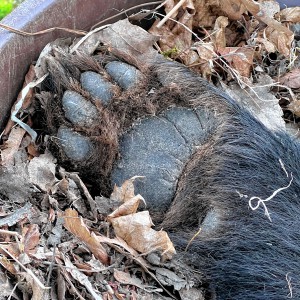 Holyoke man finds bear paw in his yard
Holyoke man finds bear paw in his yard
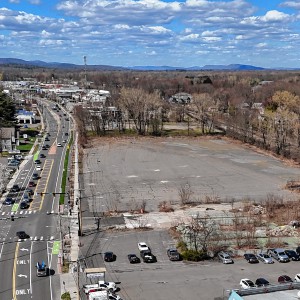 Petition to block auto dealership on King Street falters in Northampton
Petition to block auto dealership on King Street falters in Northampton
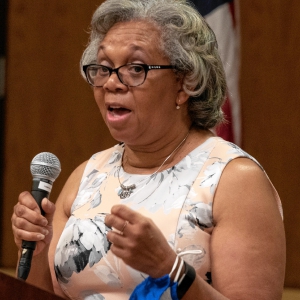 First look at how little Amherst’s police alternative being used called troubling
First look at how little Amherst’s police alternative being used called troubling
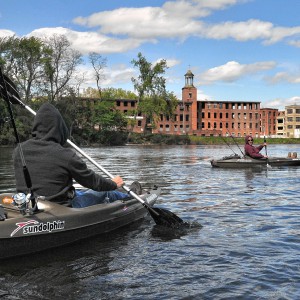 Developer lands $400K loan for affordable housing project in Easthampton mill district
Developer lands $400K loan for affordable housing project in Easthampton mill district
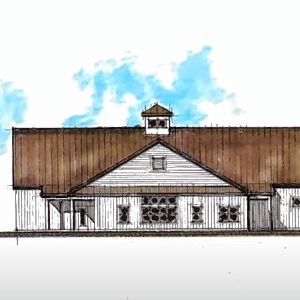 Developer pitches new commercial building on Route 9 in Hadley
Developer pitches new commercial building on Route 9 in Hadley
 Boyfriend accused in slaying of Hampden sheriff’s assistant, former legislator’s top aide
Boyfriend accused in slaying of Hampden sheriff’s assistant, former legislator’s top aide
“Think of yourself coming out of a pool after swimming on a hot day,” he explained. “You immediately get shivers on your skin, right? That’s because the thin surface of water on your skin is evaporating into the atmosphere, and it needs to get the energy to evaporate from somewhere, just like boiling water. So it takes the heat from your skin. It’s the same thing with leaves. They just grab the heat from the air around them.”
There’s an existing program to plant more trees in gateway cities, or cities that used to be manufacturing hubs but now are facing economic challenges once those industries left.
Greening the Gateway Cities — run by the Executive Office of Energy and Environmental Affairs, the Department of Conservation and Recreation, the Urban & Community Forestry Program, the Department of Energy Resources, the U.S. Forest Service and the Department of Housing and Community Development — has been tackling some of the environmental issues urban centers have faced since 2014 by planting trees in communities that are lacking canopy cover.
The GGCP has grown since its inception, from focusing on just Holyoke, Chelsea and Fall River to addressing 22 (and soon, 23) cities that are most at risk from adverse heat island effects such as New Bedford, Lowell, Brockton, Lynn, Quincy and many more.
Doug Hutcheson is a program forester for the GGCP. He spoke about what the staff do to make sure communities are involved in their reforestation process.
“Our foresters are canvassing the designated planting zone, talking to residents, homeowners and business owners, coordinating with municipal staff, all to determine where they and their crews are going to be planting the trees,” he said.
Kurt Gaertner, assistant secretary of environmental policy at the EOEA, explained that despite some challenges including labor shortages and a lack of nursery stock, the program appears to be working. As of December, the GGCP has planted more than 35,000 trees all across the state.
“What we’ve been looking to do is increase tree canopy cover by 5% in the area that we have targeted,” Gaertner said. “For example, Chelsea is the densest city in the state, and we’ve found a way to plant thousands of trees in Chelsea. So overcoming the difficulties is certainly possible.”
And planting more trees appears to be paying off. A 2016 inventory study conducted in Northampton determined the city was saving $1.3 million annually because of their trees, so they instituted a municipal tree planting program that allows residents to choose where to plant more.
Springfield’s mayor also announced in October they had lowered the city’s energy costs by 25%, partially due to their 2018 admittance to the GGCP, where they were able to add 2,400 trees to their urban forest.
Creem said her bill would expand upon the GGCP so that all municipalities with more than 10,000 residents could be considered for reforestation. The program would also set up a special trust where individual donors, federal dollars and dividends from the program itself could help to maintain the trees and ensure their healthy survival.
“I think the Greening the Gateway Cities program has shown that this can and should be replicated in other communities,” Meshoulam said. “But I also think there’s no quick fix to these inequities and disparities that have been slowly developed over decades.”
While the bill is an important stepping stone, he said, more needs to be done in order to combat the effects of climate change and urban heat islands in the state.
“It’s going to take decades to increase tree canopy in neighborhoods,” Meshoulam said. “And it is a very critical part of the solution. But realistically, a tree can only do so much. We are not going to plant ourselves out of the climate crisis.”
Taylor Brokesh writes for the Gazette from the Boston University Statehouse Program.
 Historic murals restored at Victory Theatre in Holyoke
Historic murals restored at Victory Theatre in Holyoke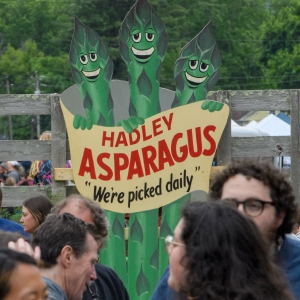 Boards balk at limiting use of Hadley Town Common
Boards balk at limiting use of Hadley Town Common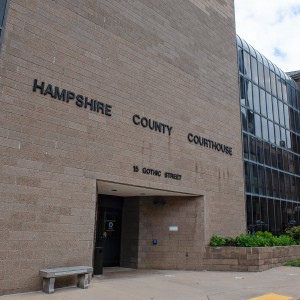 Holyoke man gets 5 years for assault, drug charges
Holyoke man gets 5 years for assault, drug charges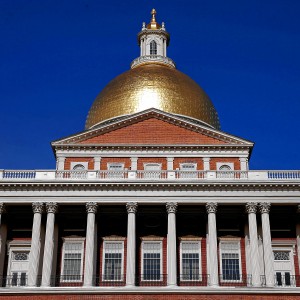 Shelter money fading, but ‘not at the end of the line’
Shelter money fading, but ‘not at the end of the line’
